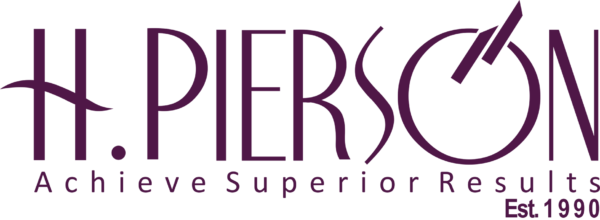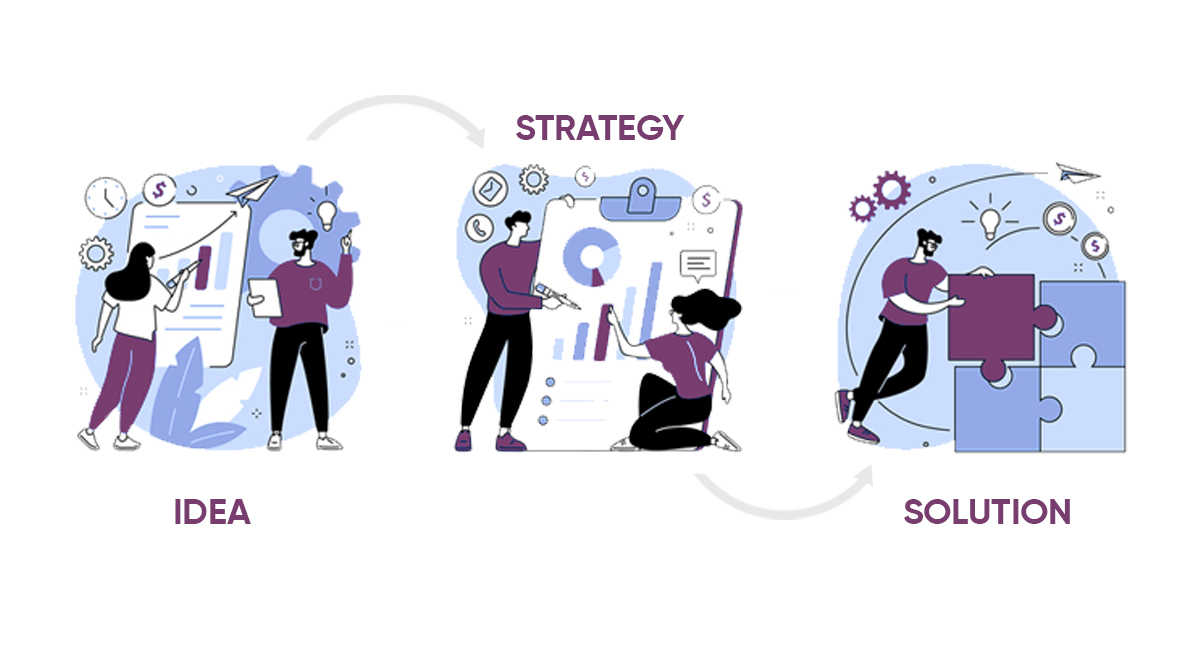Plan and Replace Your Top Talent Seamlessly with Succession Planning
Succession planning is the process used to find potential leaders and high performers, helping them to develop and advance within an organization. An effective succession plan prepares identified successors with the skills and competencies needed for any future roles. Using a customized development plan can help employees grow and ensure your successors are the right fit for the future position. Creating no need to worry about open positions when top leaders leave.
Succession Planning is essential because, as a business grows, developing current employees for future critical positions is more cost-effective than hiring new talent. Succession planning can also boost engagement and retention rates by providing employees with a clear path forward in their careers and your organization.
The Importance of Succession Planning
The succession planning process is key to long-term business success. It fosters growth in future leaders and replaces them when key contributors leave.
Here are some top reasons why succession planning is essential to your business:
Reduce Costs when Hiring Top Talent
Hiring top talent can be expensive, and your company could lose money if you are not confident in the new replacement. By creating an internal talent pipeline, you can protect the return on your hiring investment with potential successors.
If your successors come from within your organization, you will not need to recruit externally, which reduces costs even further. You can invest the money you save in other areas – like employee training and development.
Find Key Leaders
With the right approach, you can find key employees who can perform well in new specific roles. Helping to measure options and make the best decisions regarding successors for a role. You can also ensure the succession pool aligns with your diversity and inclusion goals for the company and its future growth.
Mitigate Risk
When top roles within your company go unfilled for tooling, your business success will be at risk. With succession planning, you will have a plan when changes occur so your business is always prepared.
Create Your Legacy
When business leaders are aware of their successors for a critical role, they can provide mentorship and share knowledge. All their experiences will be translated into the future efforts of their successor, so your key employees can leave a lasting mark on the company.
Shapes an Exit Strategy
Succession plans ensure leadership exits are smooth and seamless. An effective plan outlines key resource replacements, so your business can run adequately whenever those individuals exit.
Promotes Progression
Succession planning helps you shape the mindset of crucial employees for continuity. When leaders consider how certain events could affect the business, they might be more agile in facing unexpected events.
How Technology Helps in Succession Planning
Most businesses consider succession planning as a time-consuming and ineffective process. With a traditional approach, leaders spend hours compiling spreadsheets which can quickly become outdated and might not lead to actual employee development.
These latest technology features can eliminate risks and streamline your succession planning strategy. You can boost employee growth and drive business success with the right tools.
Identifies Talent and Readiness to Fill Top Positions
For the best hiring decisions, businesses should be able to see their talent all in one place and understand the full scope of each employee’s skill set. With the right tools, you can find the highest potential talent and add them to your succession plans for future growth.
Make Firm Decisions When Talent Leaves
When your key employees leave unexpectedly, it is essential to have a plan in place so you are not rushing to fill the open position. Technology helps you find the best fit for each role, help make precise hiring decisions and reduces negative business impacts.
Promote Growth and Development for Successors
The solution helps you find the employee skills gaps when they are recognized as a successor. This way allows the employees to support their growth and development in the areas that matter. When employees are ready to fill those crucial roles, there is no break in progress.
Your Succession Plan is Always Ready
An advanced tool will keep your succession plan up-to-date, ready, and at your fingertips to illustrate your business’s longevity. A robust succession platform tracks the metrics and ensures your top positions are filled when needed.
Takes the Difficulty Out of Succession Planning
An advanced succession planning system works seamlessly with your employee’ reviews and overall goals. When you can measure and align performance with your succession plans, you will find the best talent and ensures they develop correctly.
Reference: https://www.sutisoft.com/











